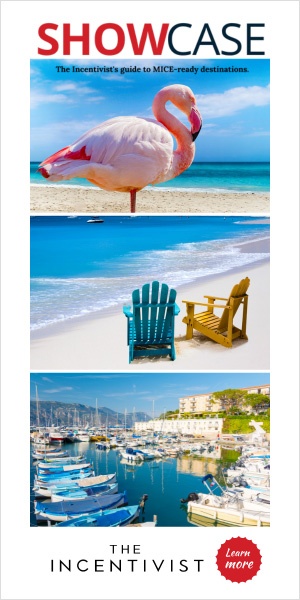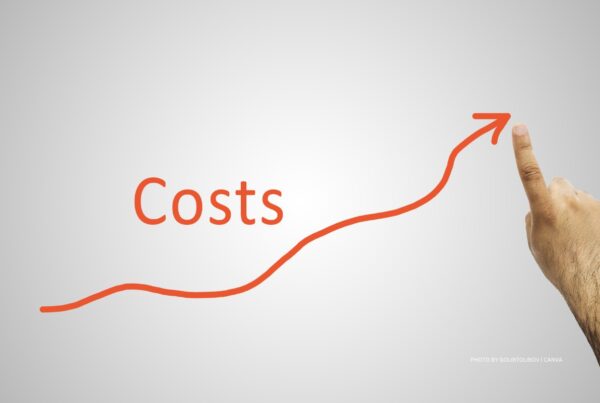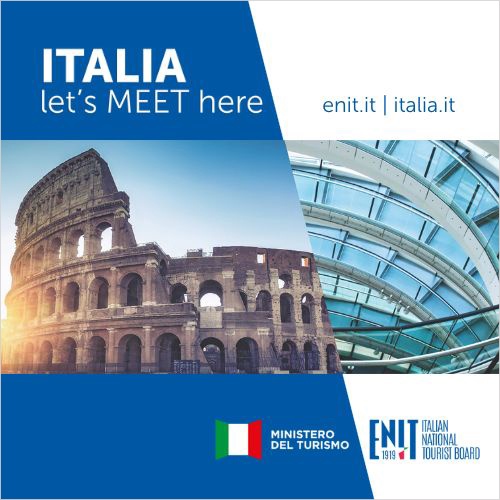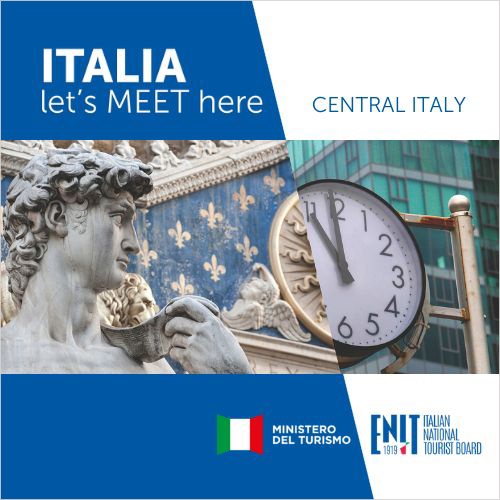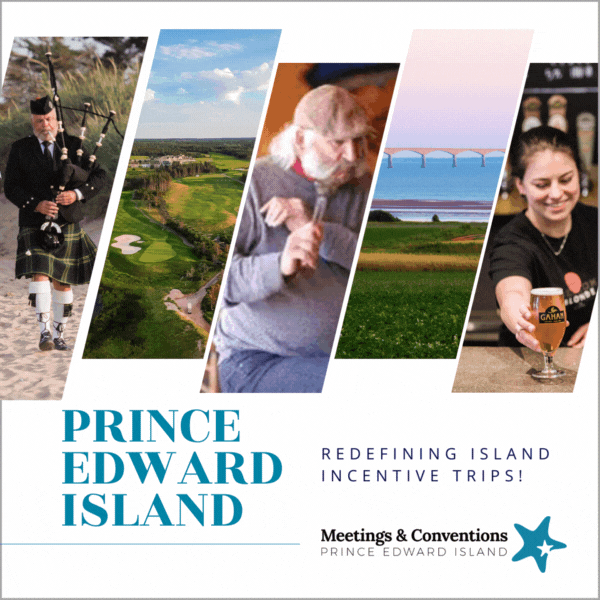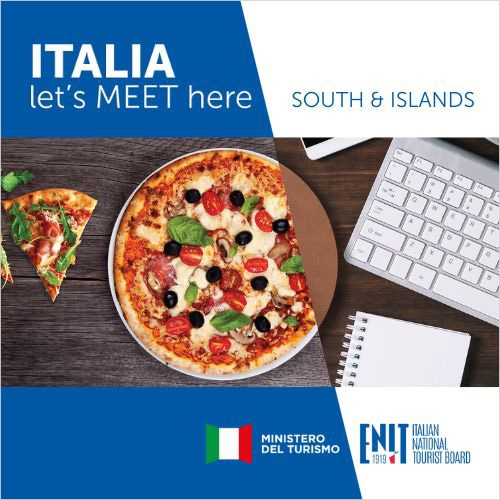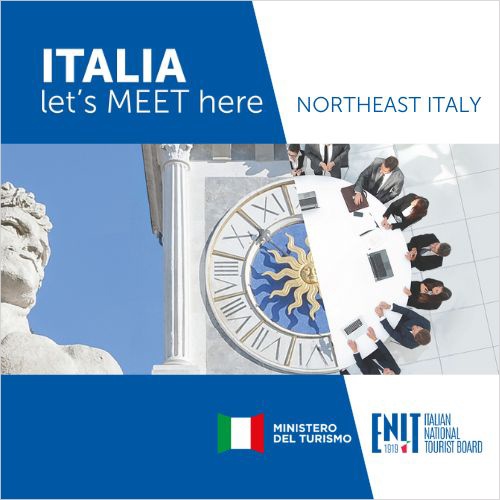Two-thirds of incentive travel buyers and suppliers expect incentive travel to recover within one to two years, once post-COVID conditions are met, according to the recently released 2020 Incentive Travel Industry Index (ITII).
Survey respondents felt that 2021 would see a 59% (average of all regions) return to 2019 activity levels, 2022 would see activity at 88% of 2019 levels, and 2023 would see business nearly at (Canada-91%, Europe-92%) or over (US – 116%) 2019 numbers. Factors such as pent-up demand for travel would drive the return, which is conditional on the development and rollout of vaccines worldwide and effective disease containment.
The survey, which was in the field September 10-October 28, was conducted by Oxford Economics on behalf of the Society for Incentive Travel Excellence Foundation (SITE Foundation), the Incentive Research Foundation (IRF) and Financial & Insurance Conference Professionals (FICP). It defined “post-COVID” conditions as those that would allow people to travel without fear of contracting the virus.
“While our industry has witnessed widespread impact due to the pandemic, those professionals have responded not only with structural changes to incentives such as program delays and implement alternative rewards, but also new investment,” said Stephanie Harris, president, IRF. “The industry has built important capabilities to position it for future success, such as improved digital marketing and a renewed focus on the motivational power of travel rewards. This shows the continued commitment to and high perceived value of incentive travel.”
Key findings in 2020 ITII include:
- 65 percent of respondents expect incentive travel to be moderately changed post-COVID, while 23 percent expect it to be fundamentally changed and 12 percent expect it to be very similar.
- 64 percent of respondents cited the desire of people to travel after having been restricted from doing so during the pandemic as the greatest positive factor expected to influence the recovery.
- 83 percent reported that senior management stakeholders who sponsor incentive travel remain committed to it as a reward, although many buyers expect incentive travel will need to fundamentally change to reduce risks.
- 82 percent of respondents expect program budgets to return to 2019 levels by 2022, with that number increasing to 99 percent by 2023.
- 48 percent said company risk aversion to travel in general post-COVID-19 is the factor having the greatest negative impact on recovery. It was followed by companies reducing overall spending (46%) and the reluctance of qualifiers to travel post-COVID (20%).
“Sanitation and health security will be permanently more important risk management strategies,” said Steve Bova, CAE, executive director, FICP. “Within the financial and insurance industry, we see greater optimism about recovery and a stronger desire to travel, but this is counter-balanced by greater reluctance among qualifiers to travel and higher company risk aversion. Given the more conservative nature of our sector, it is not surprising to see a significant shift toward participant safety.”
In addition to new risk management strategies, future destination selections and program characteristics and activities are also anticipated to shift as a result of the pandemic.
“Regarding destination selection, the survey confirms what we’ve been hearing anecdotally for some time: in the short to mid-term, domestic and close-by destinations will replace trans-continental and international destinations. However, there’s also a decisive shift away from buzzy urban locations to quiet countryside retreats and a definite preference for the ‘road less travelled’,” said Pádraic Gilligan, chief marketing officer, SITE. “Not surprisingly, destinations with a low incidence of COVID-19, or those perceived to have dealt effectively with it, rank very high—even if they’re long haul—with the Caribbean, Abu Dhabi/Dubai, Canada and southeast Asia coming in the top five for UK buyers.”
Destination lists from American and Canadian buyers showed a similar shift. The top ten destinations American buyers are considering are:
- USA (contiguous 48 states)
- Hawaii
- Canada
- Caribbean
- Alaska
- Mexico
- Central America
- Oceania (Australia, New Zealand, South Pacific)
- Western Europe
- Other Middle East
Canadian buyers, however, are not looking to travel to the contiguous 48 United States in the short to medium term. Their top 10 list (in order) is:
- Canada
- Caribbean
- Hawaii
- Oceania
- Other Africa
- Western Europe
- Gulf States
- West Africa
- Mexico
- Other Middle East
The 2020 ITII also revealed that in the post-COVID-19 world, incentive travel buyers anticipate “soft power” benefits such as improved engagement, enhanced customer satisfaction and better relationship-building both between employees and management and among fellow employees to be among the greatest benefits of incentive travel. This marks a shift from 2019 when company sales and profits were top-ranked benefits.
Activities included in programs will also be changing. The survey saw a renewed focus on experiences that will delight the individual traveller, with fewer corporate obligations such as group dining and team building.
ABOUT 2020 ITII
The 2020 online survey, fielded September 10-October 28, 2020, was customized for five distinct incentive travel persona representing buyer and seller roles. Nearly 2,400 industry professionals, representing 19 industry verticals, 41 source markets and 91 destinations, participated in the survey. It is the third year of the collaboration between FICP, SITE Foundation and IRF on the study.



